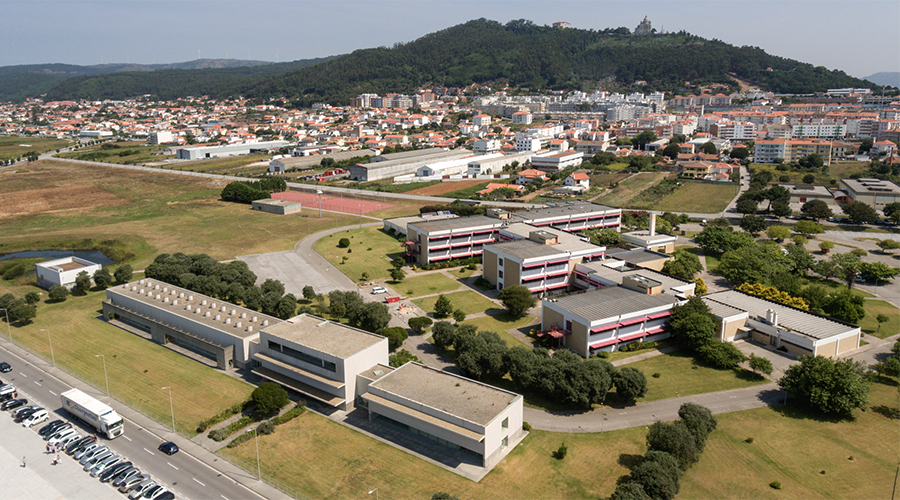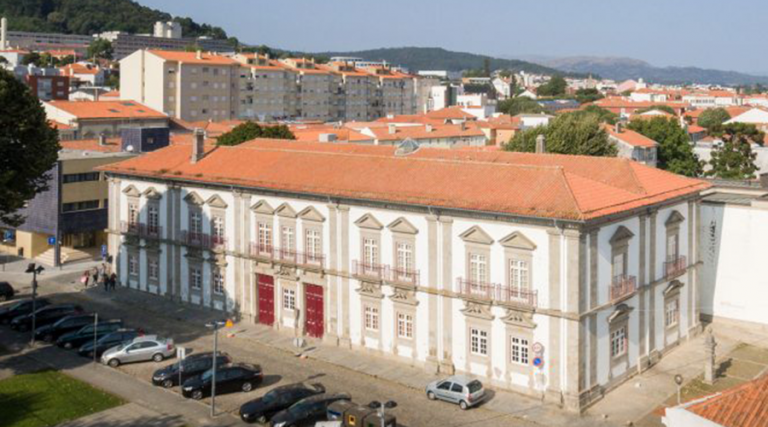


Maputo has a vibrant cultural scene, with many restaurants, music and performance venues, and local film industry. The historic Baixa de Maputo district is the downtown area. The city is known for its distinct, eclectic architecture, with Portuguese colonial Neoclassical and Manueline styles alongside modern art deco, bauhaus, tropical modernism and Brutalist buildings. With wide avenues lined by jacaranda and acacia trees, it has earned the nicknames City of Acacias and the Pearl of the Indian Ocean. Maputo is known as an aesthetically attractive, if dilapidated, city. Maputo has a number of landmarks, including Independence Square, City Hall, Maputo Fortress, the central market, Tunduru Gardens, and Maputo Railway Station. When the war ended, the FRELIMO government launched a program to revive the city's economy, and to clean up the city by forcibly removing criminals, squatters, and undocumented residents. During the Mozambican Civil War, the city's economy was devastated. Upon Mozambican independence in 1975, the city became the national capital and was renamed Maputo. In the late 19th and early 20th centuries, Lourenço Marques grew both in population and economic development as a port city. In 1898, the colony of Portuguese Mozambique relocated its capital there. A town grew around the fort starting around 1850, and in 1877 it was elevated to city status. The modern city traces its origins to a Portuguese fort established on the site in 1781. It was soon named Lourenço Marques, after the navigator of the same name who explored the area in 1544. The area on which Maputo stands was first settled as a fishing village by ancient Tsonga people. Maputo is a cosmopolitan city, with Bantu, Tsonga languages being more common, Portuguese, and, to a lesser extent, Arabic, Indian, and Chinese languages and cultures present. Maputo City is the geographically smallest and most densely populated province in Mozambique. The city is surrounded by Maputo Province, but is administered as a self-contained, separate province since 1998. The city consists of seven administrative divisions, which are each subdivided into quarters or bairros. Maputo is situated on a large natural bay on the Indian Ocean, near where the rivers Tembe, Mbuluzi, Matola and Infulene converge. It is also noted for its vibrant cultural scene and distinctive, eclectic architecture. Maputo is a port city, with an economy centered on commerce.

The Maputo metropolitan area includes the neighbouring city of Matola, and has a total population of 2,717,437. The city has a population of 1,088,449 (as of 2017 ) distributed over a land area of 347.69 km 2 (134 sq mi). Located near the southern end of the country, it is positioned within 120 km (75 miles) of the Eswatini and South Africa borders. The city is named after chief Maputsu I of the Tembe clan, a subgroup of the Tsonga people. Maputo ( Portuguese pronunciation: ), formerly named Lourenço Marques until 1976, is the capital of Mozambique. The paper serves to highlight the role played by culture in the development of mathematics and mathematics education.0101-XX, 0102-XX, 0103-XX, 0104-XX, 0105-XX, 0106-XX, 0107-XX Implications for contemporary mathematics education in the two cultures and beyond, including what mathematics should children learn, what is the goal of mathematics education, and what role does the family play in students' learning, are then discussed. These include the early development of mathematics in the two cultures, the different traditions of education and academic studies, the collective culture, and the strong involvement of the family in children's education in the two communities. Characteristics in the two cultures that are related to mathematics education are then examined. Despite the contrast between the religious roots of the Jewish culture and the secular Chinese culture, the two cultures share some commonalities, including the emphasis on the collective and the reliance on the family and the clan in passing on cultural practices and values. Has this emphasis anything to do with the cultural heritage in these communities? This paper offers some observations on the essential features of the two cultures. Jews and Chinese both have a long history and a rich cultural heritage, and the populations in both communities are known to place high emphasis on education. Abstract : In the past three decades, there has been increased attention on the influence of culture on the teaching and learning of mathematics.


 0 kommentar(er)
0 kommentar(er)
